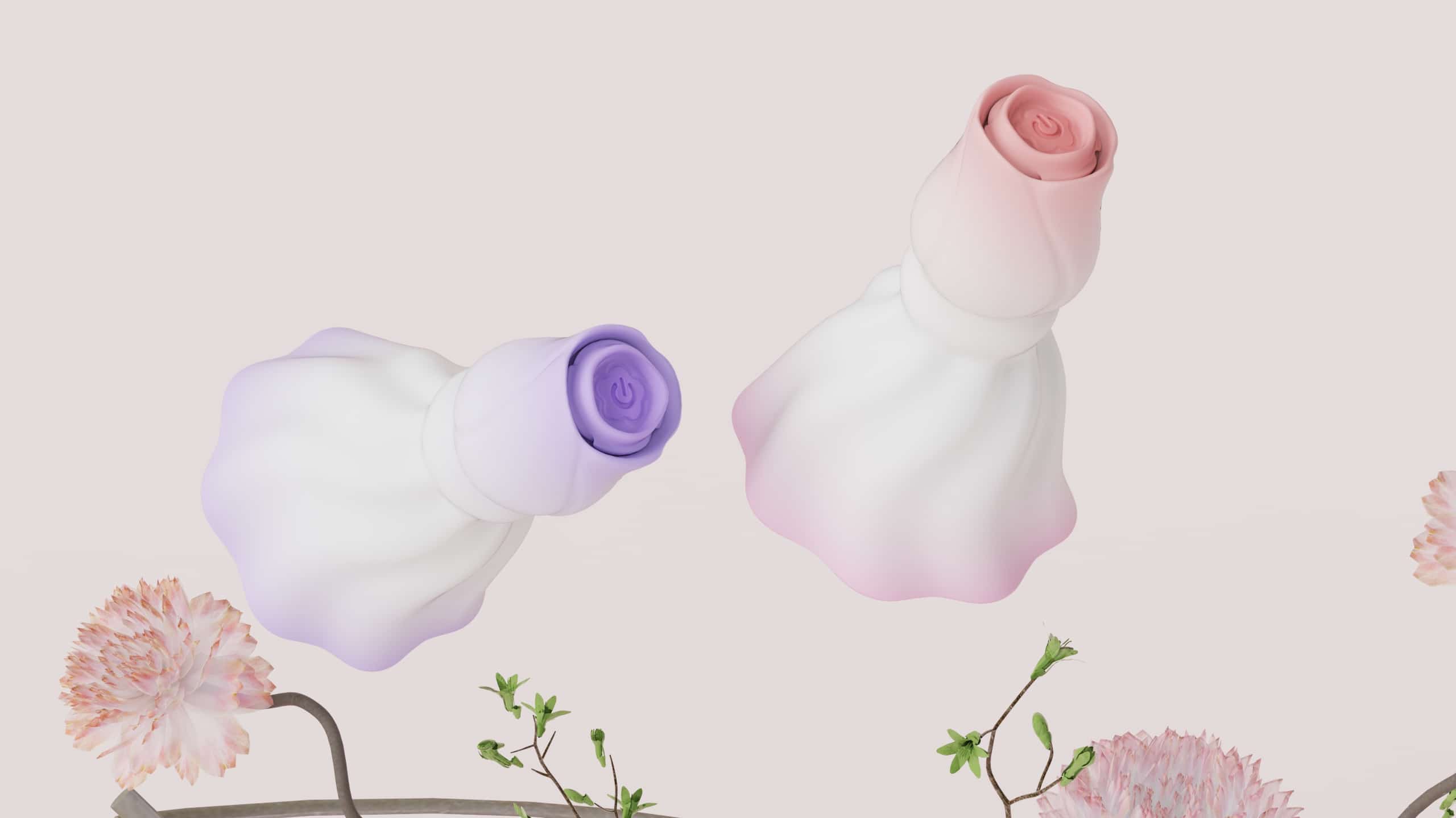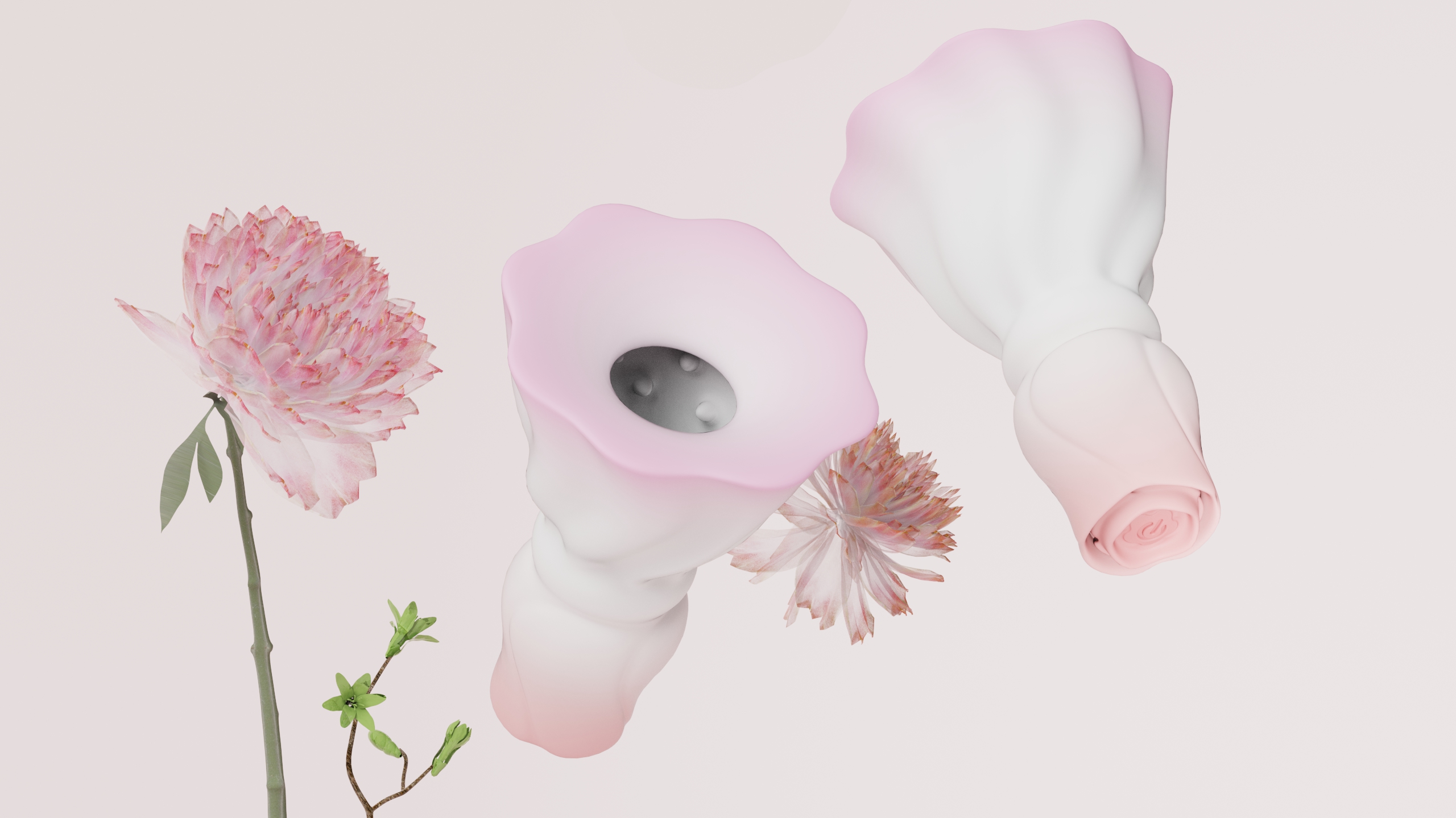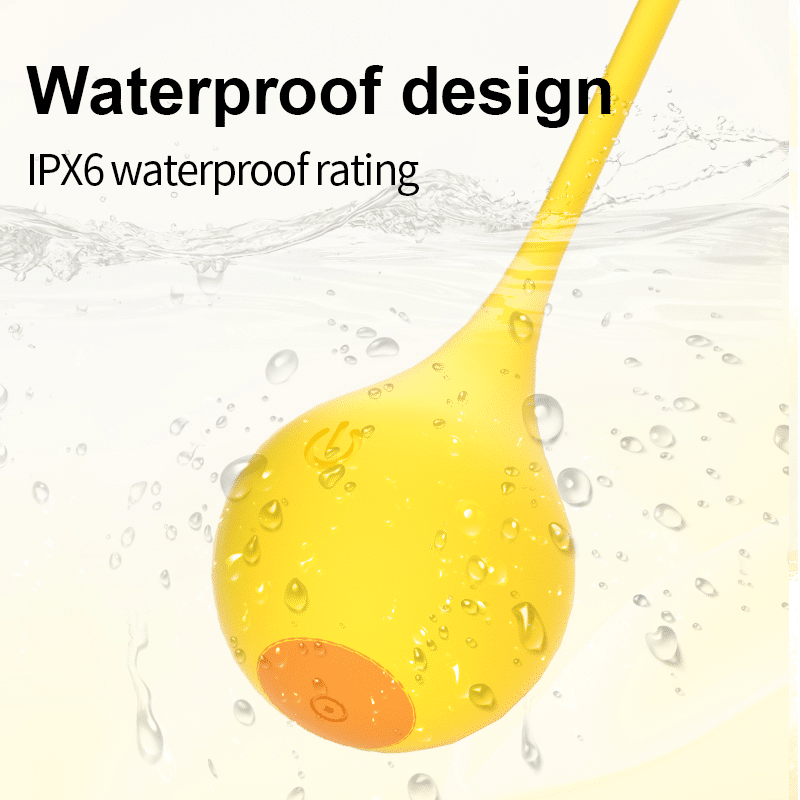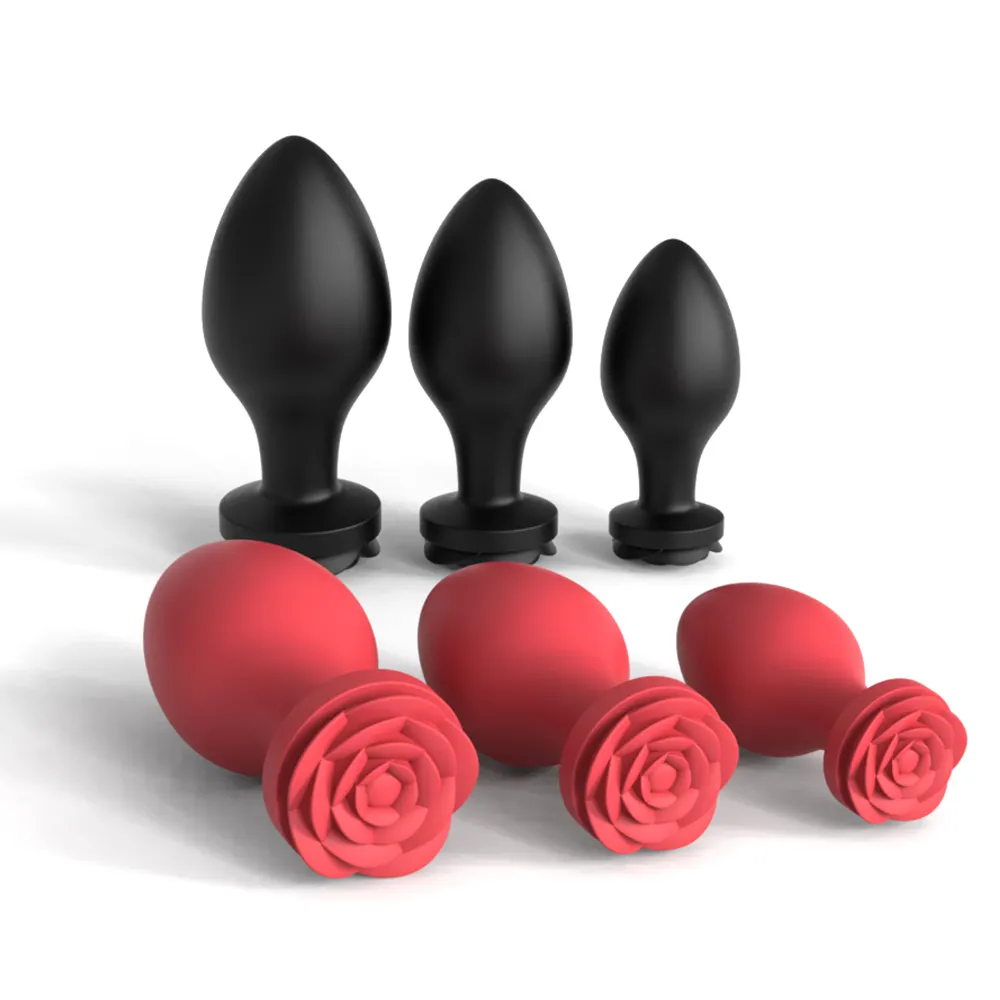Table of Contents
Toggle
Developing products behind closed doors, unsure if the design matches the market’s preferences, and risky decision-making – these are the problems faced by many brands that want to establish a deep connection with their users, right?
If you are still struggling to decide whether to use “cherry blossom pink” or “bean paste red” for your product, let me tell you, don’t guess.
I’m telling you, don’t guess, just ask your users! Let me share with you how we solved the design problem and gained 1,000 loyal fans through a “user co-creation” activity.
From Guesswork to Growth: The Co-Creation Shift
Many brands operate in a feedback vacuum, leading to costly mistakes. Co-creation flips this model by integrating the user’s voice at every critical stage.
| The Old Way (Guessing) | The New Way (Co-creating) |
| Product Design: Internal teams decide on features and aesthetics based on assumptions. | Product Design: Users vote on colors, suggest features, and validate designs before production. |
| Market Fit: High risk of launching a product that the market doesn’t want. | Market Fit: Product is validated by the target audience, ensuring demand from day one. |
| Customer Relationship: Transactional; customers are passive buyers. | Customer Relationship: Collaborative; customers become brand partners and advocates. |
| Marketing: Campaigns are created to convince people to buy. | Marketing: The co-creation process is the marketing campaign, generating organic buzz. |

What is “User Co-creation”? And Why Is It So Powerful?
Co-creation is an active, creative, and social process where companies collaborate directly with their customers. Unlike traditional market research which simply gathers opinions, this approach transforms customers into genuine partners who contribute their knowledge and creativity to build something great together.
The process isn’t limited to one stage; it can include product ideation, co-design, testing, and even promotion.
This power of this approach lies in its ability to create mutual value. For customers, participation satisfies their desire for self-expression and strengthens their personal connection to the brand.
For companies, the benefits are even more profound, as it dramatically decreases the uncertainty in product development.
Perhaps most importantly, a co-creation campaign functions as a powerful marketing event. When 1,000 core users vote on a product’s final color, they become invested stakeholders who are far more likely to purchase and recommend the product to others.

Campaign Transcript: The “Kiss of Roses” Product Color Voting Journey
Our journey to select the final color for our new product wasn’t just research; it became our most successful pre-launch marketing campaign. Here’s how we did it:
Step 1: Curate the Choices
To avoid overwhelming users, our design team strategically pre-selected four color schemes – a soft light pink-white gradient, a soft light purple-white gradient, and a grey-purple, grey-pink – that perfectly fit the product’s premium positioning.
Limiting the choices was critical, as studies have shown that it prevents users from becoming overwhelmed and increases satisfaction.
Step 2: Engage the Community
We launched coordinated voting campaigns across our email newsletter and social media channels. We didn’t just list the names; we provided high-quality mockups and rich color descriptions to help voters truly visualize their preference.
Step 3: Announce, Thank, and Convert
After 72 hours, the light pink and white gradient won with 44% of the votes, with a soft light purple and white in second place.
We immediately announced the winner and sent a personalized thank you message to all participants with an exclusive 15% discount code. This small act of gratitude made a huge impact.
Key Results:
- Participation: Over 1,000 core users voted within 72 hours.
- Engagement: Social media posts saw 300% higher engagement than typical product announcements.
- Conversion: A staggering 68% of voters used their discount code to become purchasers within the first month.

How Luxora Can Power Your Co-creation Project
1. Rapid Prototyping for Real-Time User Validation Digital mockups alone often fail to capture how colors appear in different lighting or how textures feel. Luxora’s advanced prototyping service brings your co-creation concepts to life, producing tangible samples in multiple colorways within days. When your community votes, they can base their decision on physical prototypes, closing the gap between user expectations and the final product.
2. Flexible Manufacturing That Adapts to Your Community The beauty of co-creation lies in its unpredictability. Luxora’s agile manufacturing system means your production plan is driven by real community feedback, not rigid pre-commitments. Whether your users choose an unexpected color or suggest a last-minute design tweak, our system adapts, ensuring that user preferences drive production—not the other way around.
Conclusion: Transform Users Into Partners
The shift from viewing customers as passive recipients to active partners is a powerful competitive advantage. This approach taps into a key psychological principle known as the IKEA effect—we place a higher value on things we help create.
This transformation requires more than just a survey. It demands a genuine commitment to sharing decision-making power. When your community helps name a product, suggest features, or choose a color, they are investing their creative energy into your brand.
They become your most effective sales force, not because they are paid, but because they feel a true sense of ownership.

Frequently Asked Questions (FAQ)
Q: Besides color, what other product decision-making aspects are suitable for user co-creation?
A: User co-creation can be applied to many stages of product development. Besides color, it’s perfect for deciding on product features, naming, packaging design, user interface (UI) and user experience (UX) design, and even marketing campaign slogans. Essentially, any aspect that directly impacts the user’s experience is a great candidate for co-creation.
Q: How do you build and maintain a “core user community” for voting and feedback?
A: Building a core user community starts with identifying your most engaged customers. You can create private groups on social media (like Facebook or Slack), dedicated forums on your website, or exclusive email lists. To maintain the community, consistently provide value through exclusive content, early access to new products, and direct interaction with your team. Regularly ask for their opinions and show them that their feedback directly influences your brand’s decisions.
Q: Will user co-creation slow down the product launch schedule?
A: Not necessarily. While it requires upfront time for planning and engaging with users, co-creation can actually de-risk and accelerate the later stages. By validating designs and features early, you significantly reduce the risk of costly redesigns and market rejection after launch. With proper project management, the co-creation process can be efficiently integrated into your product development timeline without causing major delays.






